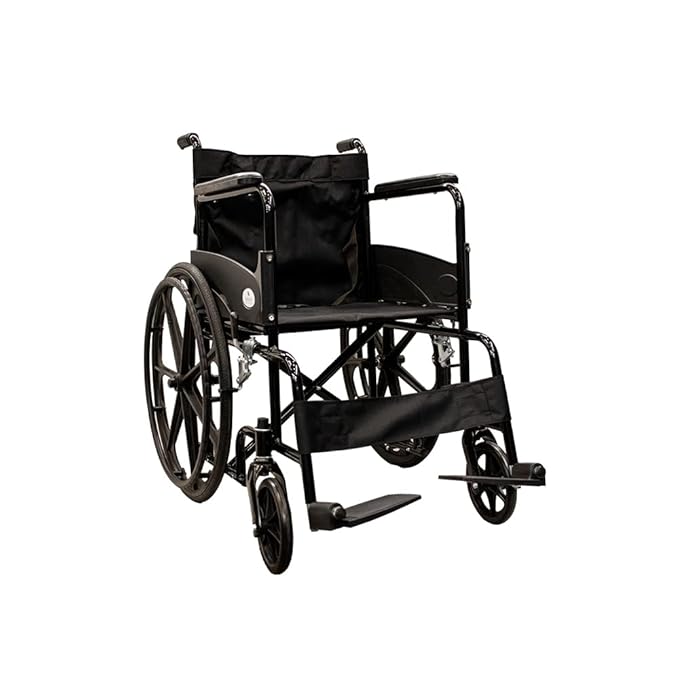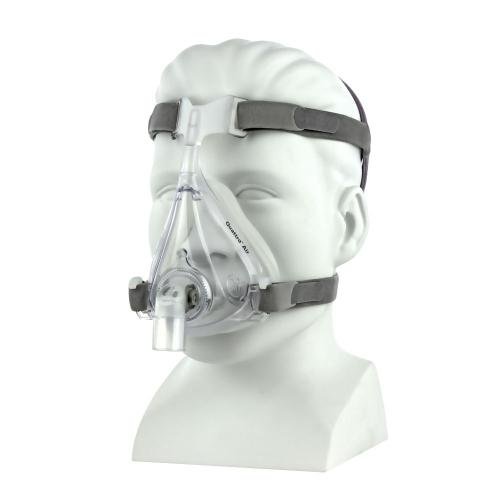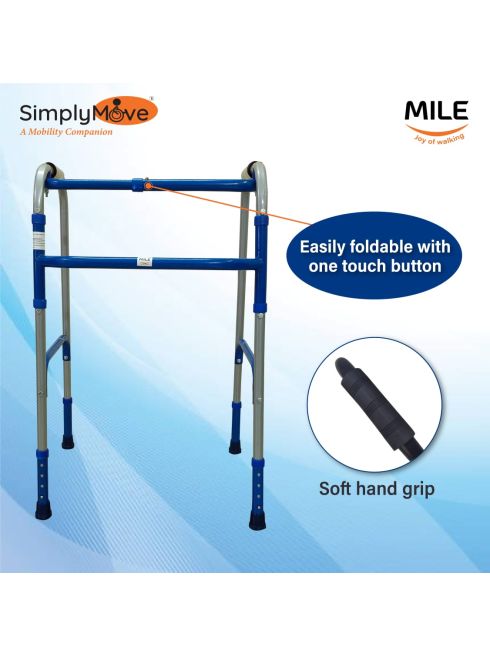Comprehensive Preventive Care
In healthcare, the focus is increasingly shifting from reactive treatment to proactive wellness. Instead of waiting for diseases to develop and treating them after the fact, comprehensive preventive care is all about stopping illnesses before they start. This proactive approach has the potential to not only enhance individual health outcomes but also transform entire communities by reducing the burden of disease, lowering healthcare costs, and improving quality of life.
What Is Comprehensive Preventive Care?
Comprehensive preventive care includes a wide range of medical services designed to prevent illnesses or detect them at an early, more treatable stage. These services include:
- Routine health screenings (e.g., blood pressure, cholesterol, cancer screenings)
- Immunizations
- Lifestyle counseling (nutrition, exercise, smoking cessation)
- Mental health evaluations
- Chronic disease management for conditions like diabetes and hypertension
Preventive care goes beyond the occasional checkup. It fosters an ongoing relationship between patients and their healthcare providers, encouraging a culture of wellness and early intervention.
The Impact on Individual Health
When individuals engage in regular preventive care, the benefits are substantial. For example, early detection of conditions like cancer, heart disease, or diabetes can dramatically increase the chances of successful treatment. Preventive care can also help people manage stress, sleep better, and stay more physically active, which collectively reduces the risk of many chronic diseases.
Moreover, immunizations and routine screenings can prevent the spread of communicable diseases and reduce complications from undiagnosed conditions. By catching warning signs early, doctors can guide patients toward lifestyle changes that may eliminate the need for more invasive treatments later on.
Strengthening Community Wellness
While the benefits of preventive care at the individual level are well established, its collective impact on community wellness is just as impressive. Communities that prioritize prevention experience:
- Lower rates of chronic illness: When residents are educated and proactive about their health, the prevalence of conditions like obesity, heart disease, and diabetes tends to decrease.
- Reduced healthcare costs: Preventive care is significantly more cost-effective than emergency interventions and hospitalizations. Fewer emergency room visits translate to less strain on healthcare systems.
- Higher productivity: Healthy people miss fewer days of work and school, contributing to a stronger local economy and improved educational outcomes.
- Increased health equity: Preventive care helps close gaps in healthcare access and outcomes, particularly for underserved populations who may be more vulnerable to preventable conditions.
By investing in preventive care, communities can become healthier, more resilient, and better equipped to handle public health challenges.
The Role of Primary Care Providers
Primary care providers play a pivotal role in the success of preventive health strategies. They’re often the first point of contact for patients and can provide consistent, long-term care that builds trust and encourages adherence to preventive recommendations.
At Premier Primary Care, providers understand the importance of holistic, patient-centered preventive care. They offer comprehensive services tailored to each patient’s unique needs, ensuring that health risks are identified early and addressed with a collaborative approach. From annual physicals and vaccinations to health coaching and chronic disease management, Premier Primary Care is helping to lead the way in community-focused wellness.
Education and Engagement: A Community Responsibility
Preventive care isn’t solely the responsibility of healthcare providers—it requires community-wide engagement and education. Public health campaigns, school-based programs, and workplace wellness initiatives all play essential roles in promoting healthy behaviors.
For instance, community centers can host free screening events, libraries can provide health literacy resources, and local governments can support infrastructure that encourages physical activity, such as safe walking paths and parks. Engaging people where they live, work, and learn helps foster a healthy culture beyond the walls of clinics and hospitals.
Overcoming Barriers to Preventive Care
Despite its clear benefits, preventive care is underutilized in many communities due to barriers such as:
- Lack of insurance or affordable healthcare access
- Limited transportation or time off work to attend appointments
- Cultural and language differences that affect communication
- Mistrust in the healthcare system
Addressing these challenges requires a coordinated effort between policymakers, healthcare providers, and community organizations. Expanding access through community health centers, telemedicine, mobile clinics, and outreach initiatives can help bridge these gaps and bring preventive care to those who need it most.
Technology and the Future of Prevention
Emerging technologies are also reshaping the way preventive care is delivered. Wearable devices can track vital signs and activity levels, enabling earlier detection of potential issues. Electronic health records and data analytics allow for more personalized care plans and risk assessments. Telehealth platforms are expanding access for patients in remote or underserved areas, making it easier than ever to engage in regular check-ins with healthcare providers.
These innovations are particularly valuable for managing chronic diseases and ensuring continuity of care, which are essential components of comprehensive prevention strategies.
A Collective Path Forward
Transforming community wellness through preventive care isn’t a quick fix—it’s a long-term investment in public health. It requires a cultural shift from reactive treatment to proactive care, supported by education, access, and sustained community involvement.
However, the rewards are undeniable. Healthier individuals mean healthier communities, stronger local economies, and reduced strain on our healthcare systems. By embracing comprehensive preventive care, we improve lives and foster more vibrant, equitable communities for generations to come.
Conclusion
Preventive care is more than just a buzzword—it’s a proven, practical strategy for improving both individual and collective well-being. By catching problems early, promoting healthy behaviors, and ensuring accessible care, we can transform the way communities experience health and wellness.
*****




























